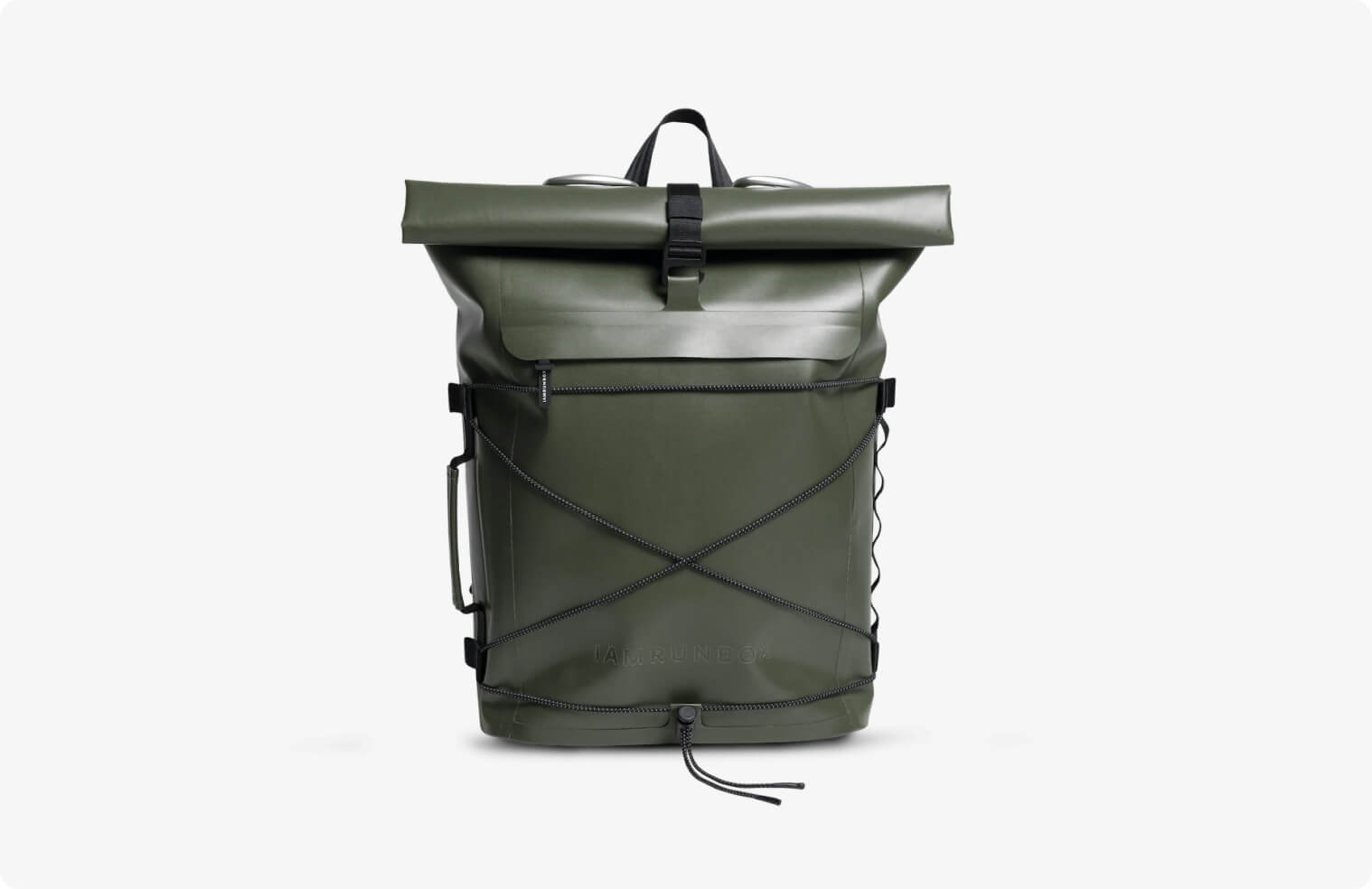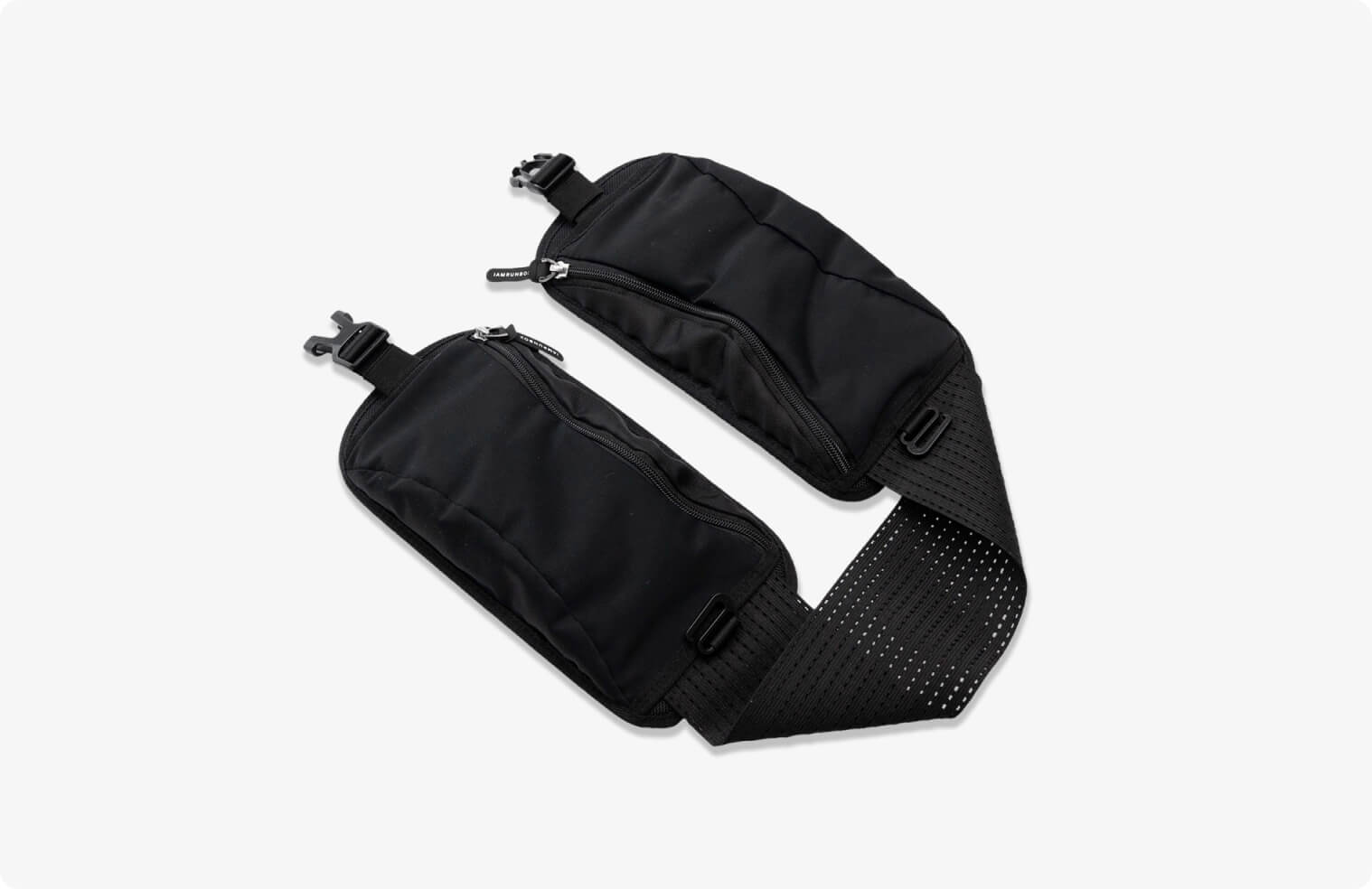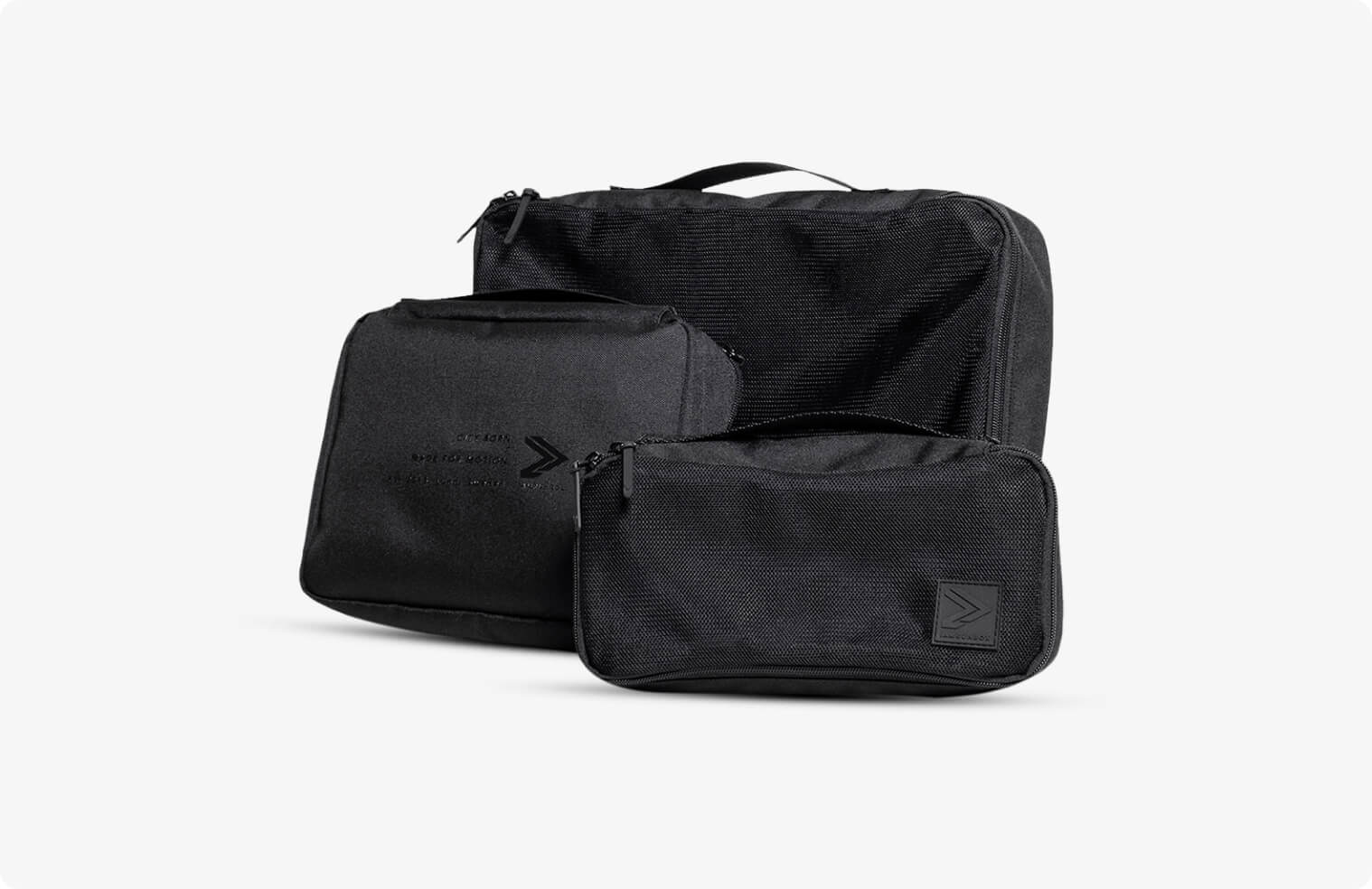
3 Workouts Shown to Help Ease Your Anxiety
Everyone feels anxiety. If you've ever been really nervous about a job interview or struggled to make an important deadline, you've probably felt anxiety. But once the situation causing the anxiety is over, it should dissipate.
Yet, there seems to be an almost never-ending supply of anxiety these days. Uncertainty and worry can be felt throughout every corner of the globe and every position in society. Blame it on the current state of the world in general, technology and social media, or the growing pains of shifting societal changes.
Whatever the reason, there are all kinds of things that anyone can do to alleviate any anxiety they may be feeling.
One of the biggest is exercise. There are a lot of different medical explanations for why exercise helps with anxiety, from the chemicals it releases in the brain to easing muscle tension. And while a big key is consistency - 30 minutes or more, three to five times a week is recommended - not all workouts may be as effective.
Here are three workouts that are scientifically proven to ease anxiety and advice on how you can get started with them.
Please note: If anxiety is seriously affecting your daily life, you should see a mental health professional. They can help with all levels of anxiety and guide you to the treatment that's best for you.
Bike Commuting
Aerobic exercise is one of the most cited types of workouts to help improve mental health and ease anxiety. A study in 2004 found that aerobic exercise helped subjects with elevated anxiety sensitivity scores (essentially anxiety about the signs of anxiety) lower them through both low and high-intensity aerobic exercise, though the high-intensity workout had the greater effect.
Cycling is an aerobic exercise with lots of advantages over others in the category. It's less physically demanding on the body as running, easier to master than tennis, doesn't require a facility like a pool for swimming, and easier to learn than salsa dancing. Cycling can be done solo or in a group, so there's the freedom to do it on your own but also the potential for socializing.
Bike commuting to work or using cycling as a main form of transport is a great training routine that can be easily incorporated into your daily life. A survey of commuters in Barcelona in 2011 and 2012 found that those who biked to work reported much less stress than those who didn't. People who bike commuted four to five days a week also reported significantly less stress than those who biked less than four days a week. Cycling wherever you go also gets you outside, which has its own benefits affecting anxiety.
What You Need to Start Bike Commuting: Obviously, if you don't have one, you should get a bike. Different biking gear and biking accessories are necessary for bike commuting, depending on where you live and your commute. But one everyone needs is a biking backpack to help carry all your things. You should also read up on tips and tricks for getting started biking everywhere and cycling to work.
Yoga
Probably the workout that's most famous for its positive effects on mental health, yoga is built around the connection between body and mind. The term can broadly refer to practices with origins in ancient India, but in the modern Western world, it almost exclusively means a series of physical postures, movements, and breathing techniques derived from the Hatha branch of yoga.
Research has found that this type of yoga can decrease symptoms of depression and increase a positive mindset. Recently, one study of people across age groups from 18 to 65 who participated in two different 12-week yoga programs showed they reduced symptoms of depression and anxiety, as well as increased feelings of positivity. It even found some correlation in the increase of time doing yoga to its effect.
In fact, yoga's benefit can be beyond mental. It's been used to help with chronic pain, sleep issues, and much more. Many athletes in other sports also enjoy practicing yoga to improve their flexibility, breathing techniques, and muscle strength.
What You Need to Start Practicing Yoga: The best way to get started is probably to look for a Yoga school around your neighborhood. Nowadays, Yoga schools also offer online training, if you are practicing social distancing. Or you can choose an app and learn some basics from your phone. Whatever feels best for you!
Hiking
Hiking may not seem like a workout, but it's more than just a walk in the woods. Depending on the terrain and trail, it can be just as exerting as a long run with many of the same effects. In fact, some endurance athletes will add a day hike to their training to mix things up. Part of the reason they do that is because of the extra mental benefits that come with hiking.
Along with the advantages of easing anxiety that comes with vigorous aerobic activity, hiking has some unique value all on its own. There's a well-known link between spending time outdoors and improving your mood, and a 2015 study found that people who went on a 50-minute nature walk experienced a clear "decrease in anxiety and rumination", as well as "some benefits for cognition."
4 of the Best Exercises for Reducing Student Stress
Why You Should Cycle to Work
Another study from the same year had participants who went for a 90-minute walk through a natural environment report similar reduced feelings but also documented reduced neural activity in an area of the brain linked to anxiety and other mental issues and illnesses.
Tips for Getting into Hiking: Like other outdoor activities, it's important to ease into hiking and not try to do the most difficult and challenging trails first. You can find beginner trails near you and head out with some comfortable walking shoes, snacks, and water. Once you're comfortable, you can look up more challenging hikes, visit an outdoor store for hiking books and other equipment, and even take longer trips with camping in the woods. But no matter the skill level or duration of the hike, always make sure others know where you are and where you're going.






